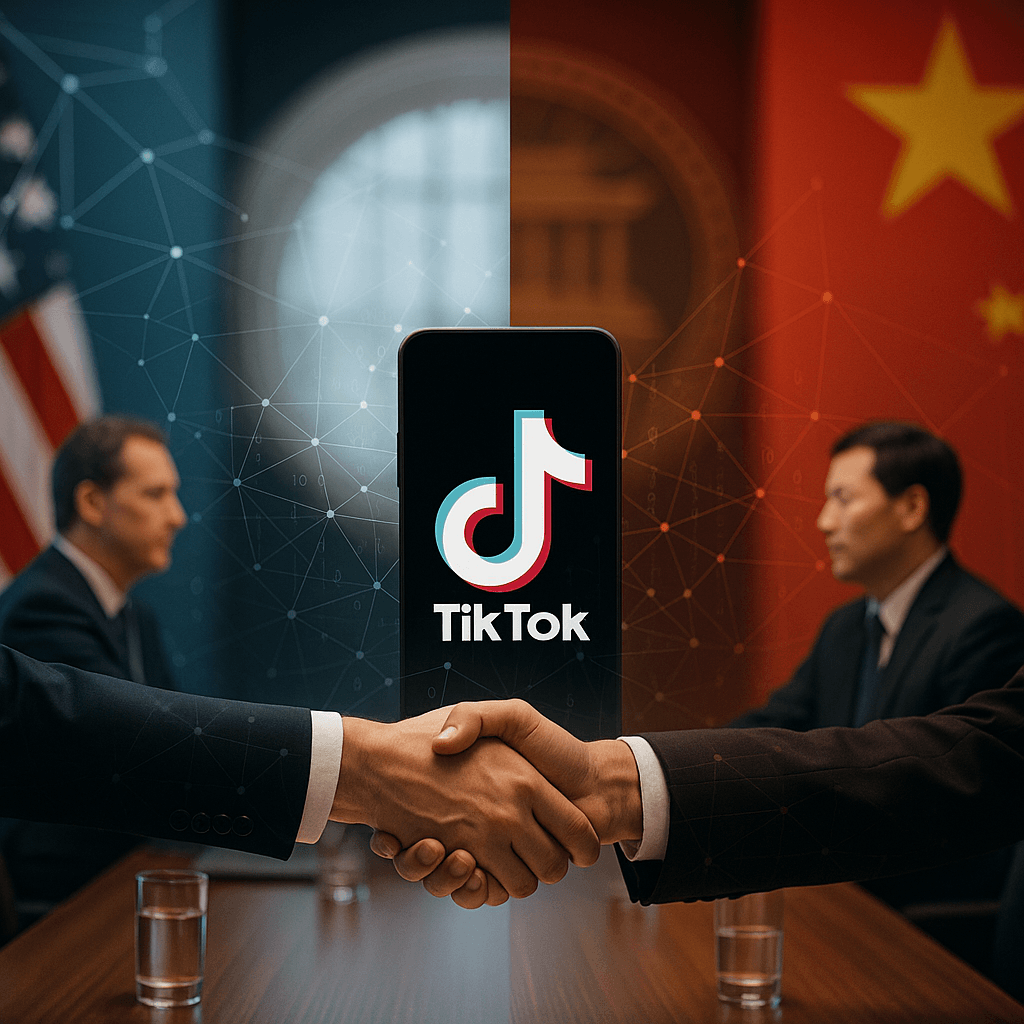President Trump and Chinese President Xi Jinping just gave the green light to a TikTok deal that could reshape the social media landscape, but they're keeping the specifics under wraps. The announcement comes nine months after the platform went dark in the US over national security concerns, leaving 170 million American users in limbo.
The TikTok saga just took its most dramatic turn yet. President Trump dropped the news Friday on Truth Social that his call with Chinese President Xi Jinping yielded approval for the long-awaited TikTok deal. "The call was a very good one, we will be speaking again by phone, appreciate the TikTok approval," Trump posted, treating the fate of America's most controversial app like a casual phone conversation update.
ByteDance wasn't about to let Trump have all the spotlight. The Chinese tech giant rushed out its own statement thanking both presidents and promising to "work in accordance with applicable laws to ensure TikTok remains available to American users through TikTok U.S." But here's what's driving everyone crazy - neither side is saying what this deal actually looks like.
The mystery deepens when you consider what's been floating around behind the scenes. The Wall Street Journal reported earlier this week that a consortium including Oracle, Silver Lake, and Andreessen Horowitz would control 80% of the US TikTok entity. The remaining 20% would stay with Chinese shareholders, while the board would be dominated by Americans - including one member appointed directly by the US government.
This all started back in January when TikTok went dark across America over national security fears about Chinese data access. The ban sent shockwaves through Silicon Valley and prompted massive creator backlash, forcing Trump to repeatedly delay enforcement while deal negotiations played out.
But here's where things get interesting from a business perspective. TikTok's US operations generate an estimated $16 billion annually, making this potentially one of the largest forced asset transfers in tech history. The platform's 170 million American users represent roughly half of the total US population, creating a digital dependency that neither government wanted to completely sever.










